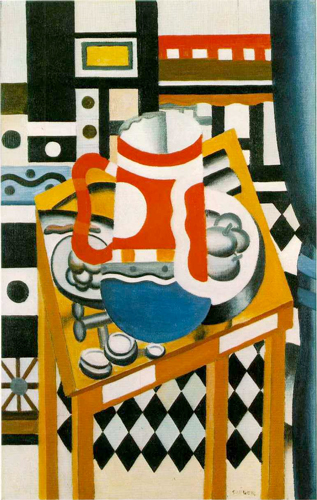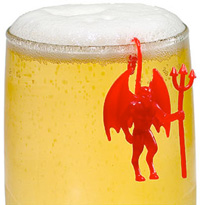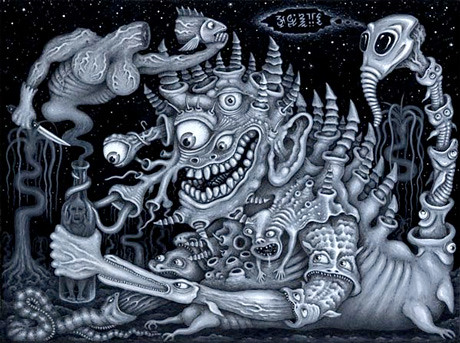Jeremiah McWilliams, writing in his St. Louis Post Dispatch’s online presence Lager Heads, revealed on Friday that things are not going too smoothly for the current and soon-to-be former employees of Anheuser-Busch. In Rough times at Anheuser-Busch he details what anonymous insiders are saying the mood is like at One Busch Place, and it doesn’t look pretty. Having lived through mass layoffs at a former company, I know how anxiety-inducing and unpleasant it can be, and it must be doubly so in this case while employees are waiting to find out what kind of Christmas it’s going to be this year. I know business is business, but really; can InBev be blind to the fact that Christmas is less than two weeks away? Can this honestly be the best way to swoop in take care of business from a public relations point of view, or do they figure they’re already so vilified that they may as well play the part?
Ah, the “good old days.”










